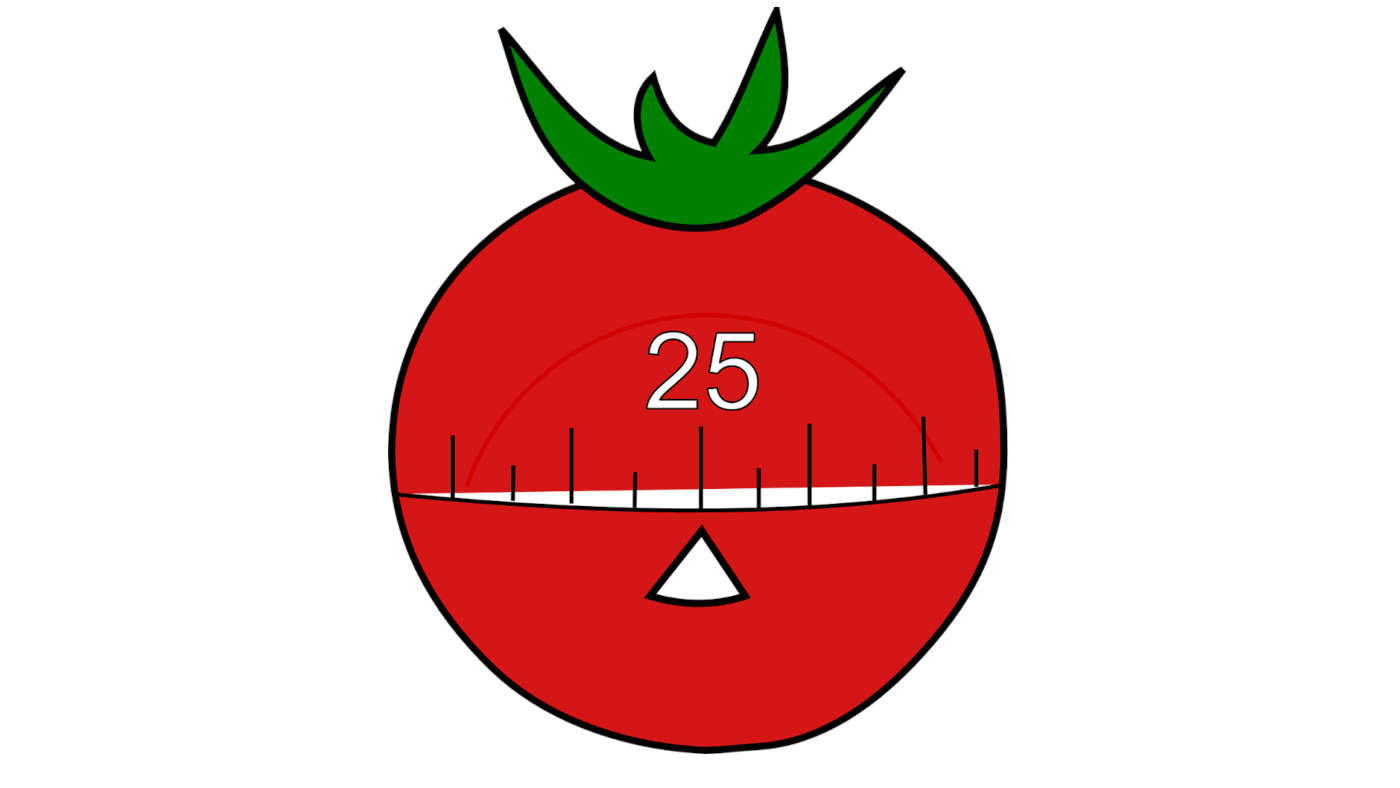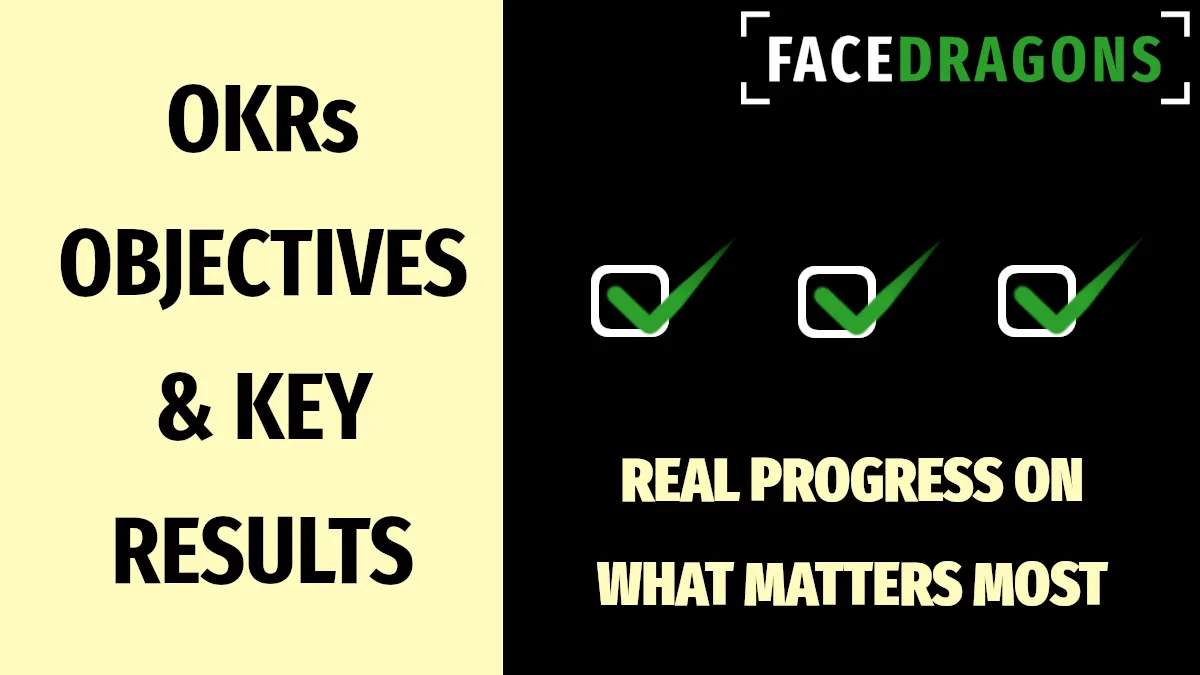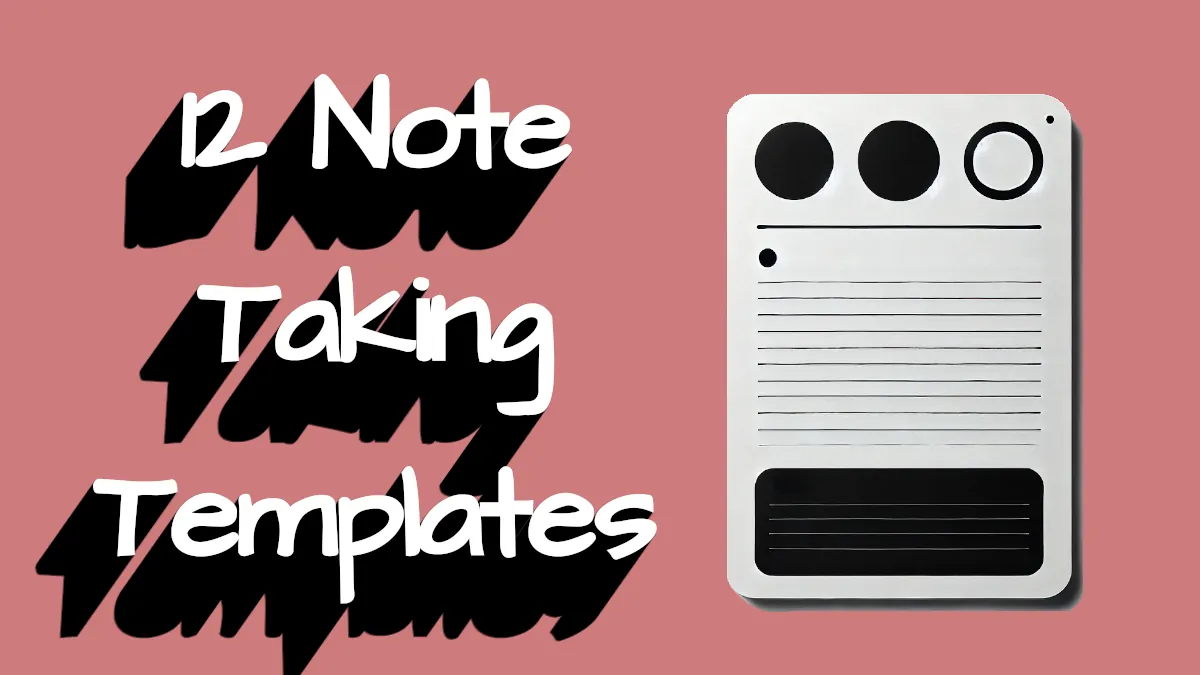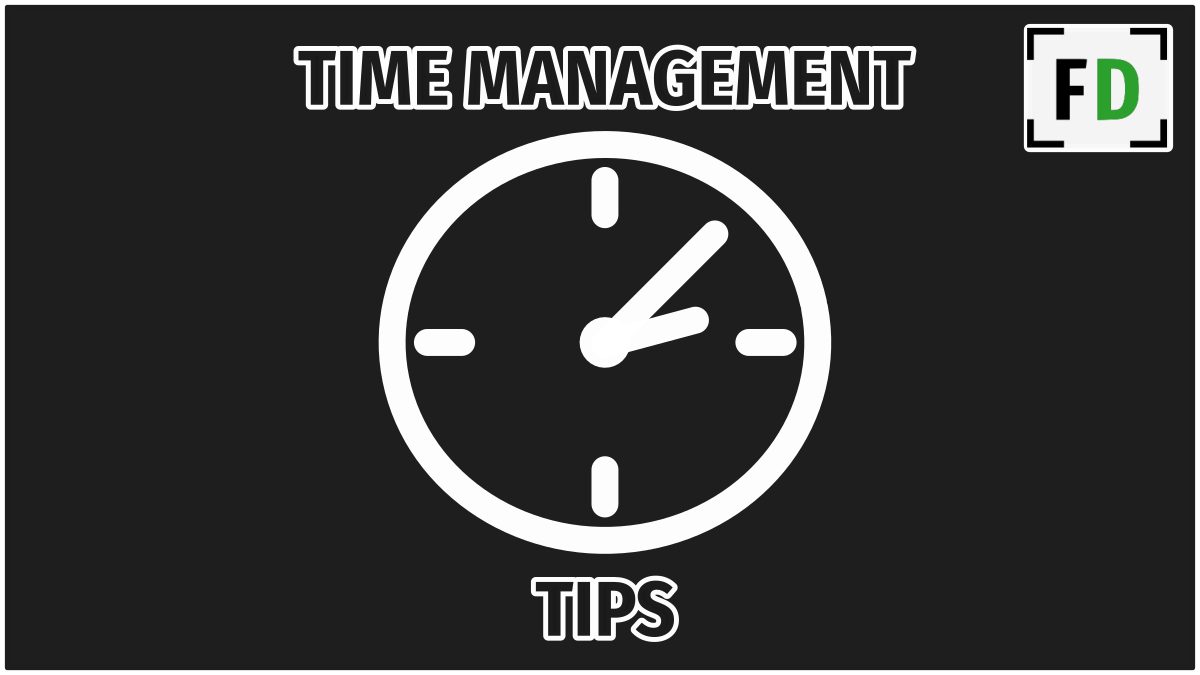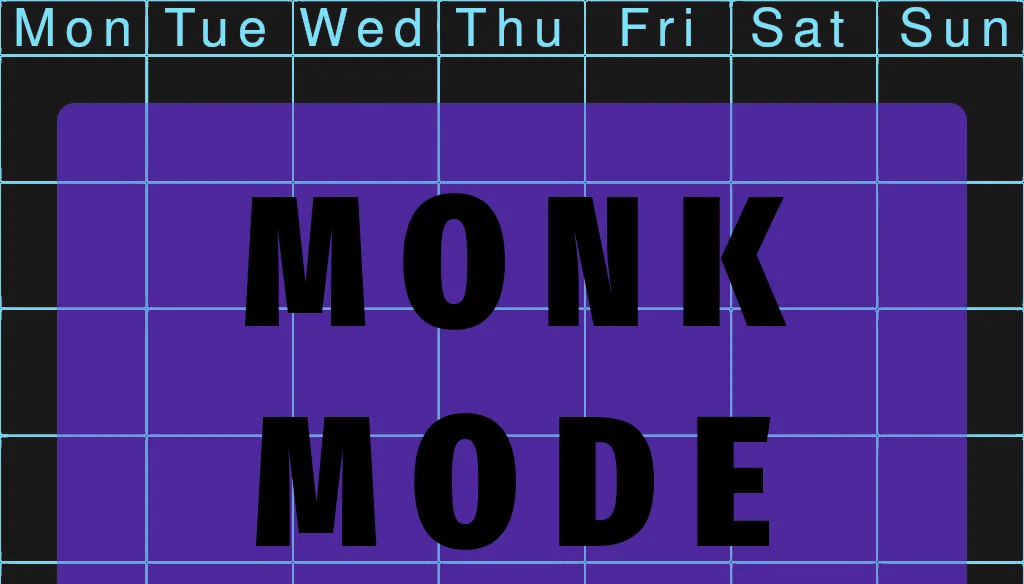Since it’s first inception in the 1980s, The Pomodoro Technique has changed the way people think about productivity. All these years later people still benefit from The Pomodoro Technique to get work done more efficiently. So it’s a natural question to ask, should you read The Pomodoro Technique?
The Pomodoro Technique was first released in 2006 by Francesco Cirillo. He made it available for free on his website in pdf format, subsequently it was downloaded over 2 million times. In 2013 he removed the free download and since then the book has been published by various publishers around the world.
This post shows just how effective the Pomodoro Technique can be if you set it up correctly. But with it being available online so long for free you have to wonder if it’s worth reading the book.
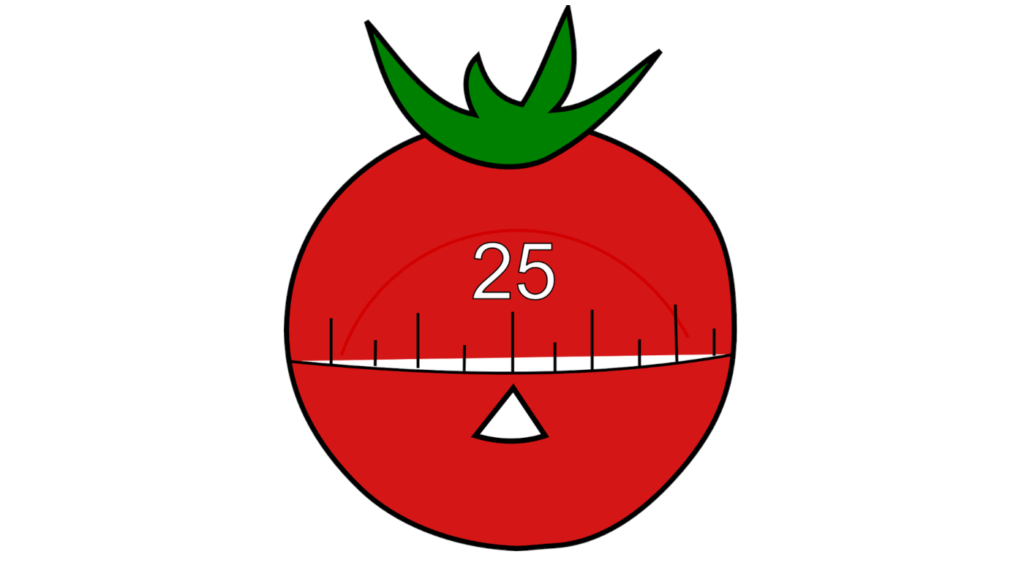
Is Everything About The Pomodoro Technique Already Online?
While the book is a great place to dive in if you really want to understand the technique as Cirillo created it, the parts of the technique you’re going to be most interested in are all online.
In fact, in the decades since the book was released, thousands of people have used The Pomodoro Technique and collectively developed the ideas in the book. The method has been refined, improved and strengthened after generations of iterative improvements.
Take pomodoro breaks times, for example, studies have shown that the original pomodoro break times are not optimal. Check the post above to find out how long your breaks should be or what you should do during your break times.
This comment from Amazon about the book sums it up.

What Do People Say About the Book?
The reviews aren’t all bad though. However most people giving good reviews are giving them for the technique itself rather than the book. This review from Amazon criticizes the book for being tedious.
3 Stars – “The essence of the technique is great, but I find the writing in the book to be dreadful. A tedious, at times confusing read. Why use long sentences and academic language to explain a concept built on simplicity? That, to me, over-complicates things unnecessarily. Would advise everyone to just look up the technique online. There are many articles and tutorials that break it down.”
– Amazon Reviewer
2 Stars – “Not much useful information. Mainly, just practice something for 25 minutes. There I saved you from having to read it.”
– Amazon Reviewer
Is there anything in the Book that people don’t mention online?
There is however a lot of details that the internet fails to mention about The Pomodoro Technique. While it’s true that the part of the book most people are interested in and the technique is most known for is already online, the 25 minute work sessions. But there is a lot more to Cirillo’s technique than simply timing your work.
Cirllo advises us in the book to use 5 minutes at the start of each pomodoro to review what you did in the previous one. Also, 5 minutes at the end of each pomodoro or any remaining time if you finish early should be used for ‘over-learning.’ Over-learning is essentially reviewing.
- Reviewing what you just learned
- Ask what you accomplished
- Review list of upcoming tasks for your next pomodoro
“If a Pomodoro begins, it has to ring. It’s a good idea to take advantage of the opportunity for over-learning”
Francesco Cirillo
In the book, The Pomodoro Technique, also Cirillo describes more than a simple method of timing your work sessions. The book also outlines
- Task Management System
- Method for dealing with distractions
- System to become ever better at planning your time
- Method for becoming more efficient
You’ll have to read the book to learn them all!

